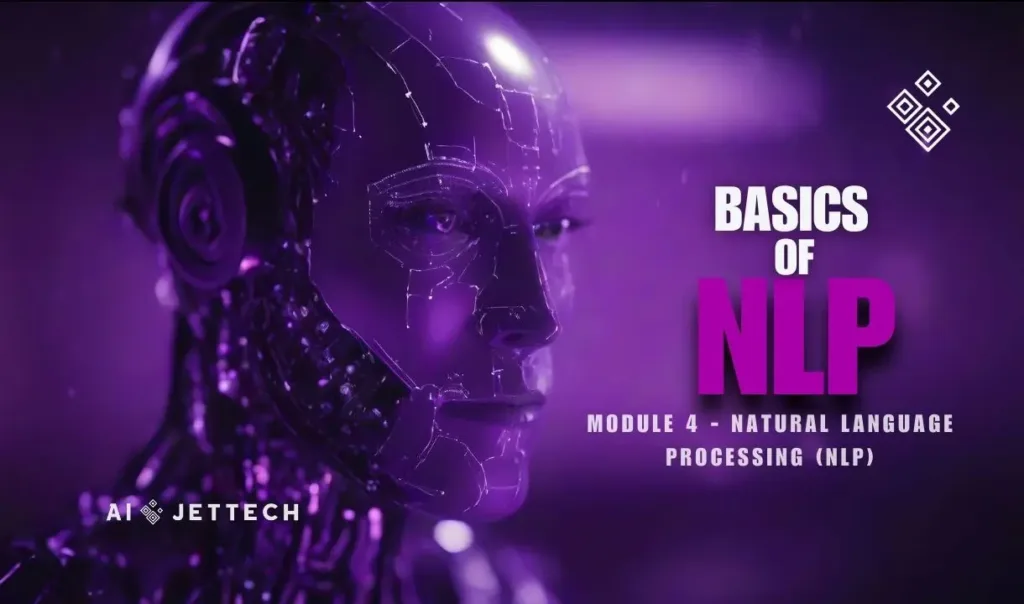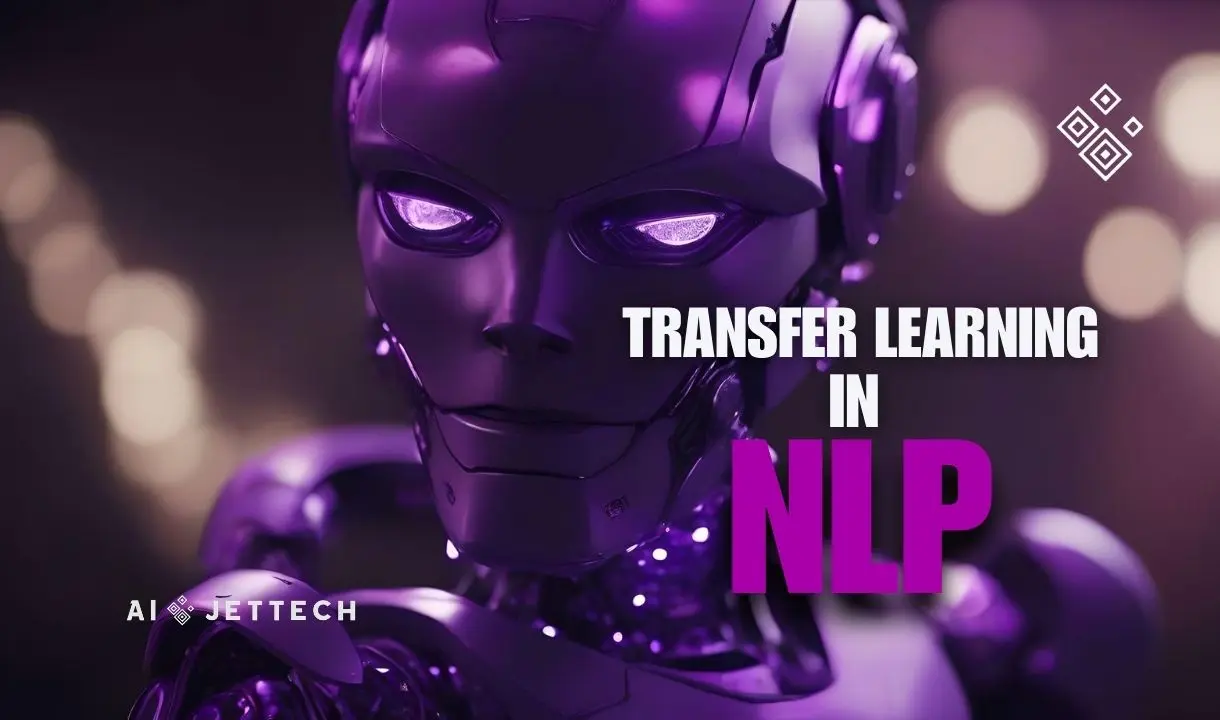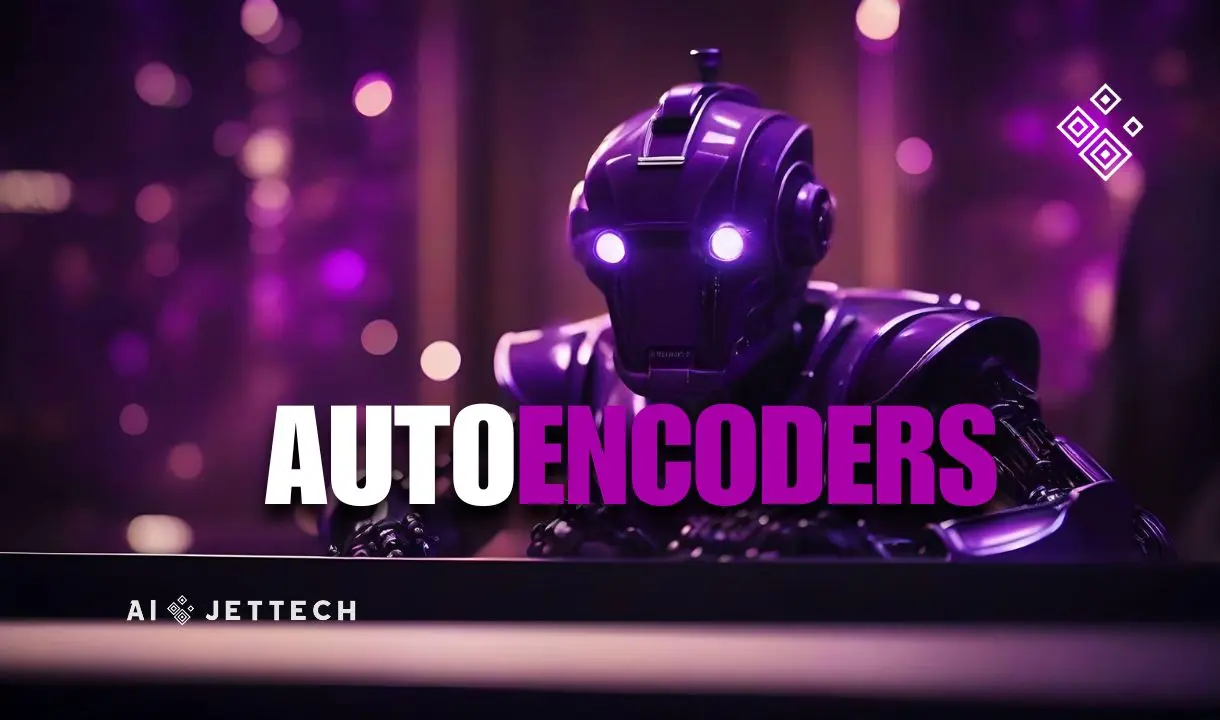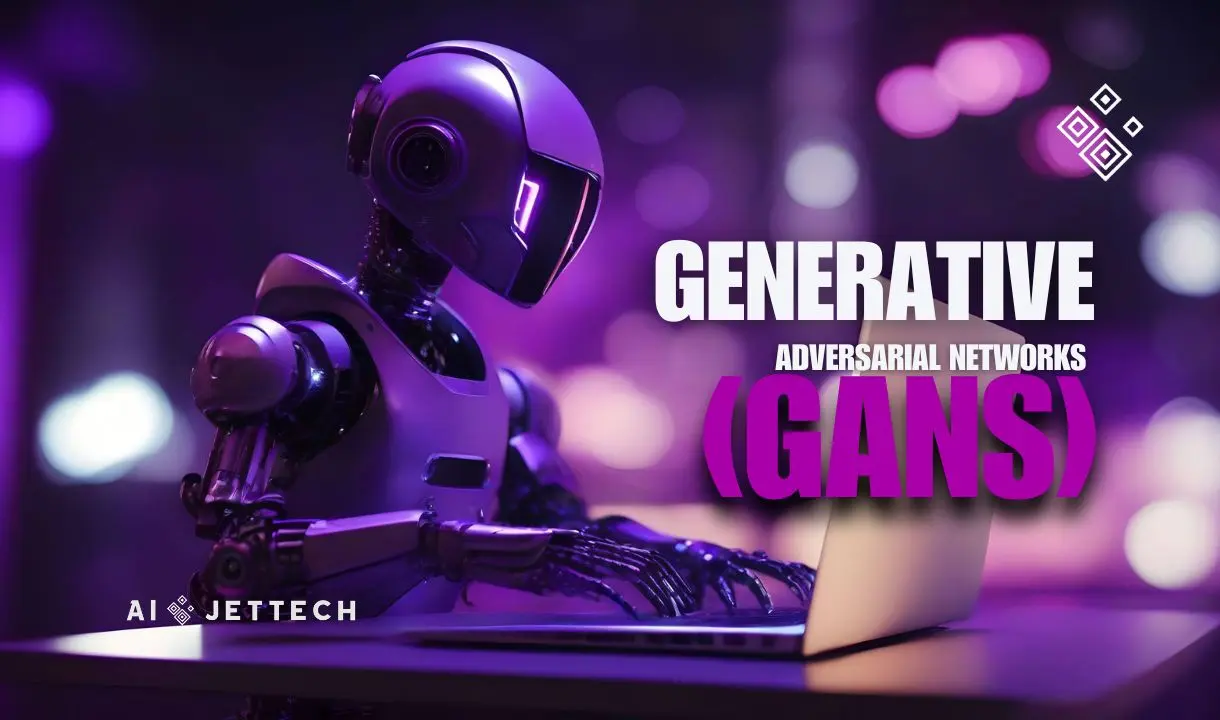What is NLP (Natural Language Processing) ?
Natural Language Processing (NLP) stands as a fascinating intersection between linguistics and computer science, aiming to bridge the gap between human communication and machine understanding. At its core, NLP endeavors to enable machines to interpret, comprehend, and mimic human language in a way that is both meaningful and useful.
The First Steps into NLP: Tokenization and Stemming
To dive into the intricacies of NLP, one must first become acquainted with the foundational process of tokenization. Imagine you’re trying to teach a friend, who has never heard a word of English before, how to read and understand a sentence. You’d likely start by explaining each word as an individual unit of meaning. This is essentially what tokenization does; it breaks down a stream of text into its constituent words, phrases, or symbols, which we refer to as tokens.
- Tokenization can be as simple as splitting a sentence based on spaces and punctuation, but it often involves more nuanced considerations. For instance, contractions like “don’t” can be split into “do” and “not,” and complex words can be broken down into simpler, meaningful units.
Following the tokenization, we encounter the process of stemming. Stemming is akin to trimming a plant; it involves cutting down a word to its root form. This allows words that have different forms but share the same core meaning, such as “running,” “runs,” and “ran,” to be analyzed as a single entity: the stem. This process significantly aids in reducing the complexity of the language data and enhances the machine’s understanding of textual content.
- Stemming algorithms, however, are not without their flaws. They often produce stems that are not valid words themselves, as they simply apply rules to trim words down. Despite its rough edges, stemming remains a crucial step in preprocessing text data for NLP tasks.
Beyond Words: Part-of-Speech Tagging
With the tokens in hand, the next logical step is to understand their roles within the sentence. This is where part-of-speech (POS) tagging comes into play. POS tagging assigns labels to each token, such as noun, verb, adjective, etc., based on its definition and context within the sentence.
- The importance of POS tagging cannot be overstated. It is pivotal for numerous NLP applications, from parsing sentences to understanding the sentiment behind a text. By knowing the role of each word, NLP models can better grasp the syntactic and semantic structures of languages.
What is NLP in short ?
NLP bridges the gap between human language and machine understanding through processes like tokenization, stemming, and POS tagging, which are foundational for enabling machines to interpret and mimic human communication effectively.
NLP Example
Imagine a software that can read and summarize news articles. By employing NLP techniques such as tokenization, stemming, and POS tagging, the software can understand the main points of each article and present a concise summary to the user.
The Symphony of Syntax and Semantics
Tokenization, stemming, and POS tagging are the initial, crucial steps in the complex dance of NLP. Together, they form the backbone of understanding and processing human language, setting the stage for more advanced techniques and applications. As we peel away the layers of language, we equip machines with the tools to delve deeper into the nuances of human communication, inching ever closer to a world where interactions between humans and machines are seamless and intuitive.
Try it yourself : To get hands-on experience with NLP, try using a basic NLP library like NLTK in Python to perform tokenization and stemming on a sample text. Experiment with different tokenizers and observe how the output changes with each.
“If you have any questions or suggestions about this course, don’t hesitate to get in touch with us or drop a comment below. We’d love to hear from you! 🚀💡”






